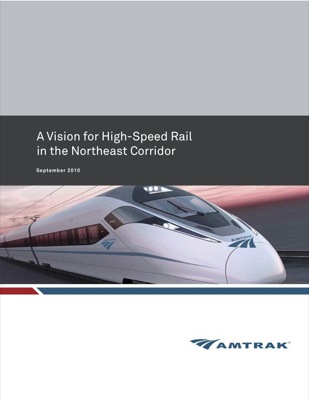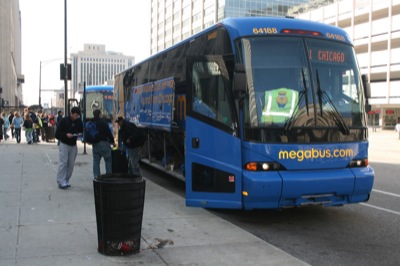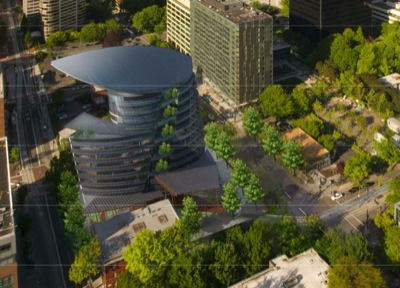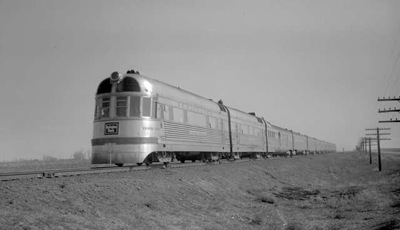The Antiplanner has long argued that transportation and other infrastructure should be paid for out of user fees, because user fees are the best indication that such projects will be truly productive. A report this month from the Congressional Budget Office reaches a similar conclusion.
The report observes that “carefully selected infrastructure projects can contribute to long-term economic growth,” but that “the potential gains from public spending for transportation and water infrastructure depends crucially on identifying economically justifiable projects.” In order to identify such projects, “the demand for infrastructure could be better aligned with the existing supply by putting a price on those services that reflects the full cost of using infrastructure.” This price should include “both the cost of providing infrastructure services and the costs that one person’s use imposes on others”–in other words, congestion pricing.
The report adds that the federal contribution to infrastructure projects should depend on “where the benefits are expected to accrue.” Projects that primarily provide local benefits should primarily be funded by the locals, while projects that provide more national benefits could get more federal funding. Federal funding of primarily local projects would “result in too many projects, or projects that are too expensive, being undertaken.” Continue reading →












